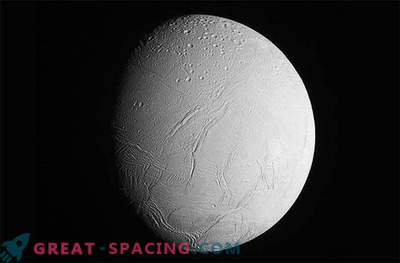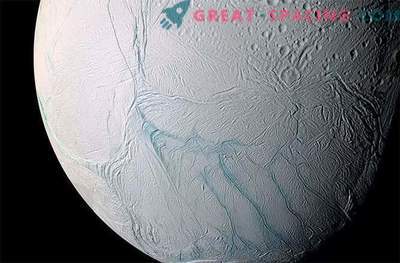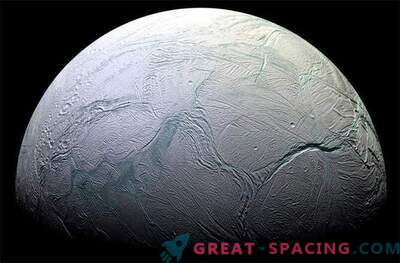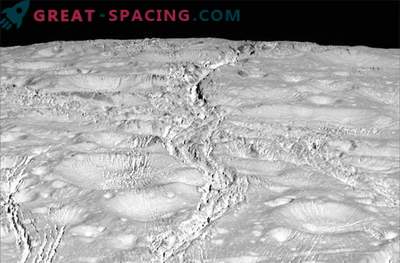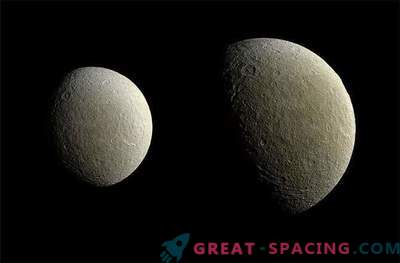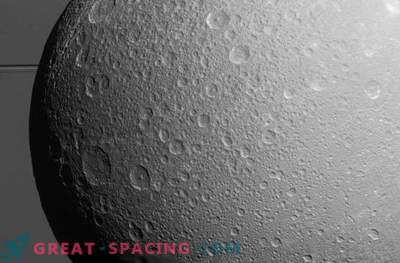
NASA’s Cassini Mission introduced everyone to Saturn’s satellite Enceladus, the ice world that has a liquid ocean beneath its surface. Through the extensive faults located in the south pole of the satellite, powerful geysers of water vapor escape into open space.
In this slightly misleading photo of Enceladus, made by Cassini on May 10, the degree of water vapor becomes apparent. So why does she mislead us?
It seems that the right side of the satellite is illuminated by the Sun, but it is not. Instead, illumination is generated by sunlight reflected from Saturn's atmosphere. On the left side of Enceladus, only a small crescent of bright sunlight can be seen.
Scientists believe that tidal interactions with the gas giant create dynamics in the core of Enceladus, maintaining its ocean in a liquid state. The water is mainly heated in cracks and faults known as “Tiger Stripes” located in the southern polar region of the satellite, which, as is well known, is the source of geysers. Since arriving at Saturn's orbit more than ten years ago, Cassini has been constantly following this area of ice. Enceladus, like Jupiter’s largest satellite Europe, is supported by a liquid ocean beneath its surface, which is protected by an ice crust. Astrobiologists expect that other satellites of gas giants may also have subterranean liquid oceans in which potential life can dwell.
Unfortunately, the NASA Cassini mission is nearing its logical conclusion. First, the spacecraft will pass through the rings of Saturn and remain in orbit with the gas giant. This will be the closest distance from which it will be possible to photograph Saturn and track its magnetic field. Next is planned gradual immersion in the atmosphere of Saturn.

